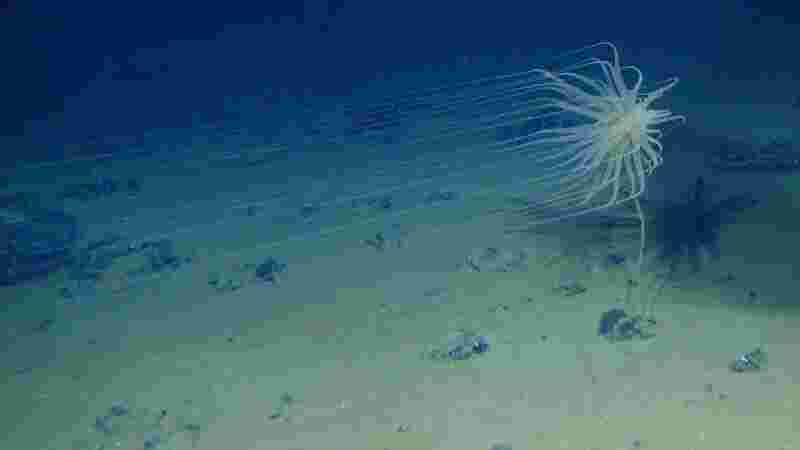In the vast depths of the Pacific Ocean, a mysterious phenomenon has challenged the understanding of ocean scientists and unveiled a hidden secret beneath the waves. Ocean scientist Andrew Sweetman, initially convinced that his equipment was faulty, made a groundbreaking discovery: the production of "dark" oxygen on the seabed, far beyond the reach of sunlight. This finding, published in the journal Nature Geoscience, not only highlights the mysteries of the ocean depths but also has far-reaching implications for understanding the origins of life and the debate surrounding deep-sea mining.
Sweetman's journey began in 2013 when he observed unexpected oxygen production on the seafloor while assessing marine biodiversity in a region targeted for mining valuable polymetallic nodules. These nodules, formed over millions of years through chemical processes, contain high-demand metals such as cobalt, nickel, and copper. The race to exploit these resources has sparked controversy, with critics arguing that deep-sea mining could irrevocably damage pristine underwater ecosystems.
Through meticulous research, Sweetman and his team ruled out biological processes and focused on the nodules themselves. The breakthrough came when Sweetman realized that these nodules might be functioning as natural "geobatteries," generating tiny voltages through seawater electrolysis and producing oxygen in the process. This discovery challenges the traditional paradigm of oxygen cycling in the deep sea and underscores the importance of further scientific investigation.
The implications of this finding extend beyond oceanography. With an estimated 21.1 billion dry tons of polymetallic nodules in the Clarion-Clipperton Zone, the potential impact on the vulnerable deep-sea ecosystem is significant. The debate surrounding deep-sea mining intensifies as the International Seabed Authority considers new rules for metal extraction. Several countries, including the United Kingdom and France, support a moratorium or ban to safeguard marine life.
Sweetman and his collaborators emphasize the need for scientific oversight and a cautious approach to deep-sea mining. The discovery of dark oxygen production raises new questions about the role of these nodules in the deep-sea ecosystem and their potential connection to the origins of life. The theory that life evolved from deep-sea hydrothermal vents gains new perspective as the electrochemical nature of these nodules is revealed.
As the mystery of dark oxygen unfolds, Sweetman hopes it will spark further exploration and a deeper understanding of the ocean's secrets. The intersection of science and environmental conservation highlights the delicate balance between human ambition and the preservation of our planet's fragile ecosystems. The story of dark oxygen serves as a reminder that even in the deepest, darkest corners of our world, there are still wonders to be discovered and mysteries to unravel.
Scientists discover ‘dark’ oxygen being produced more than 13,000 feet below the ocean surface
New research challenges a long-held assumption about oxygen in the deep sea, with scientists finding oxygen produced without photosynthesis in the Clarion-Clipperton Zone.

